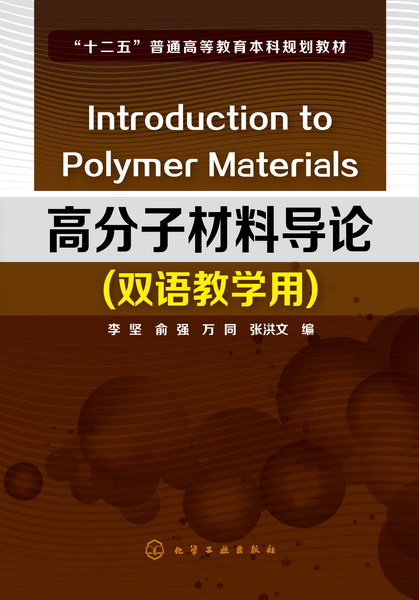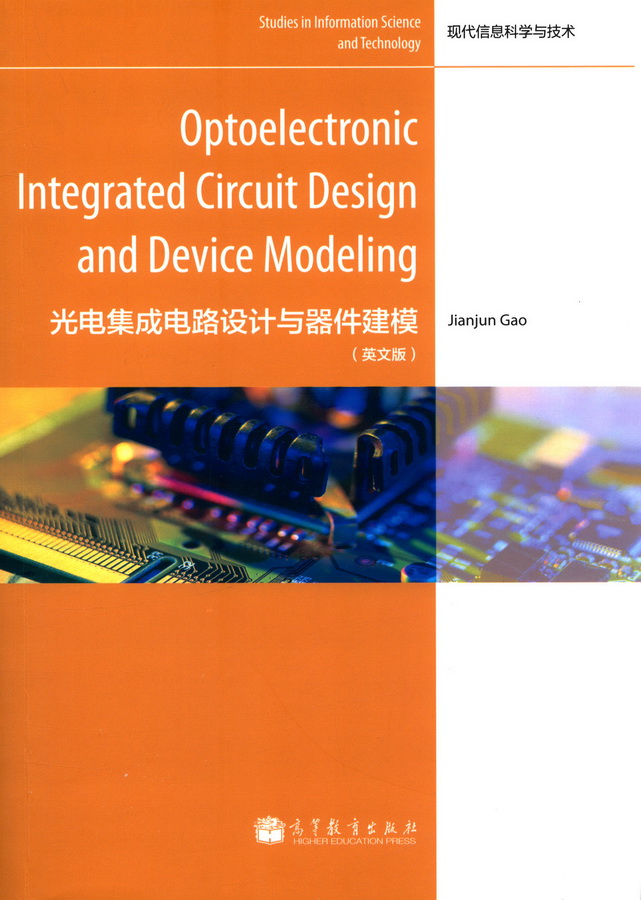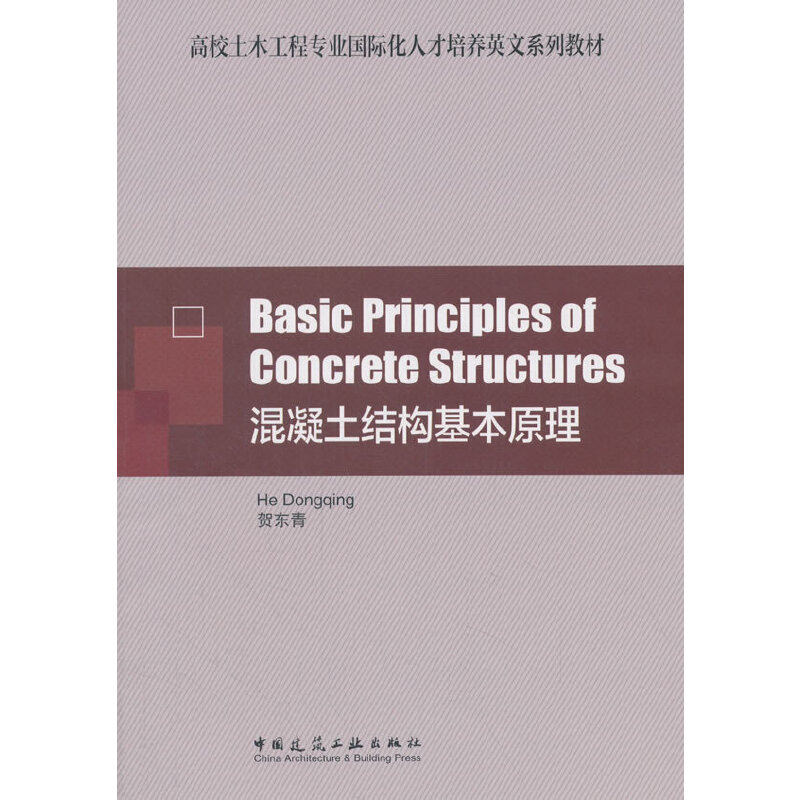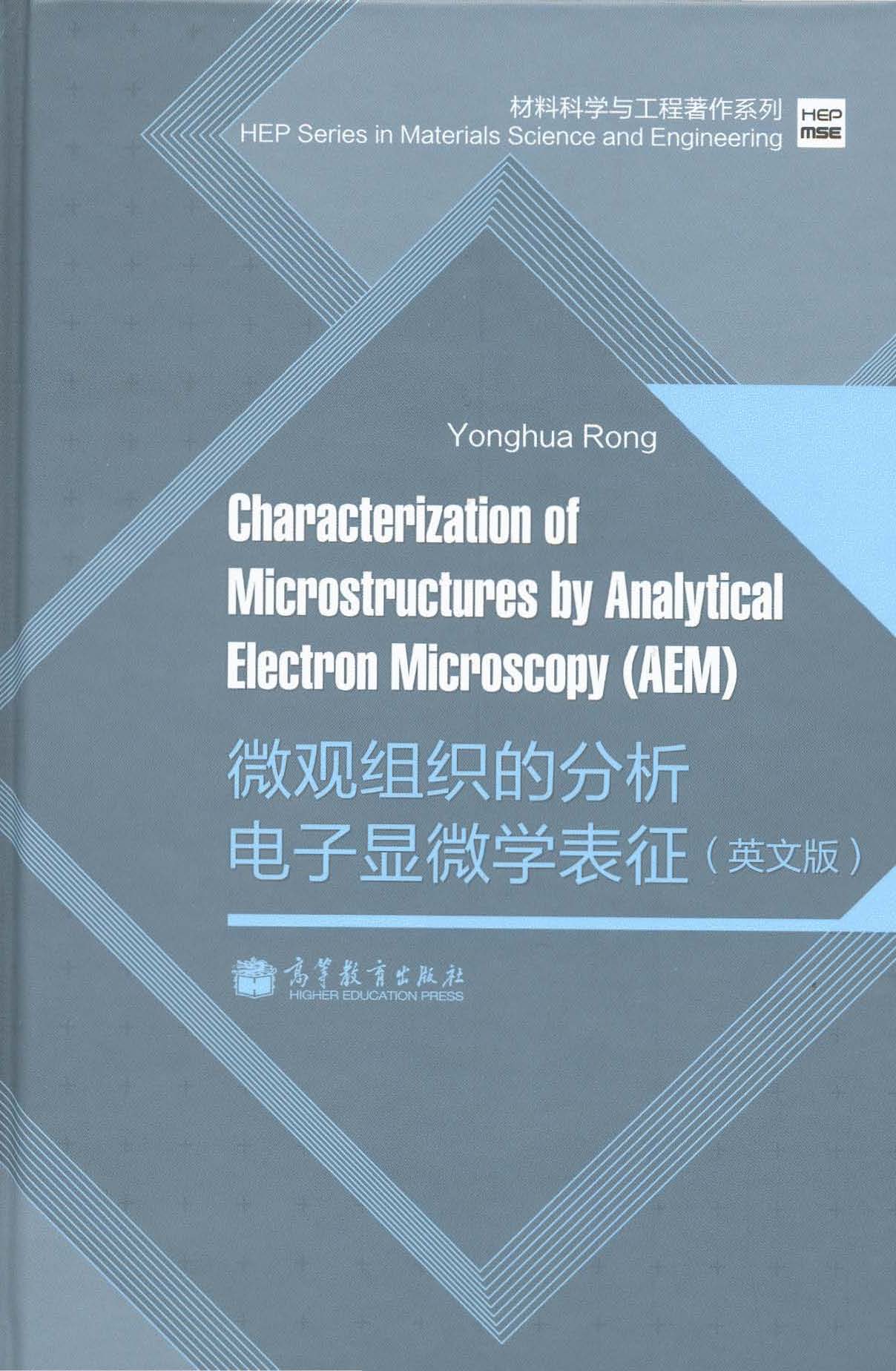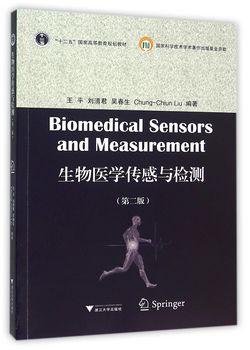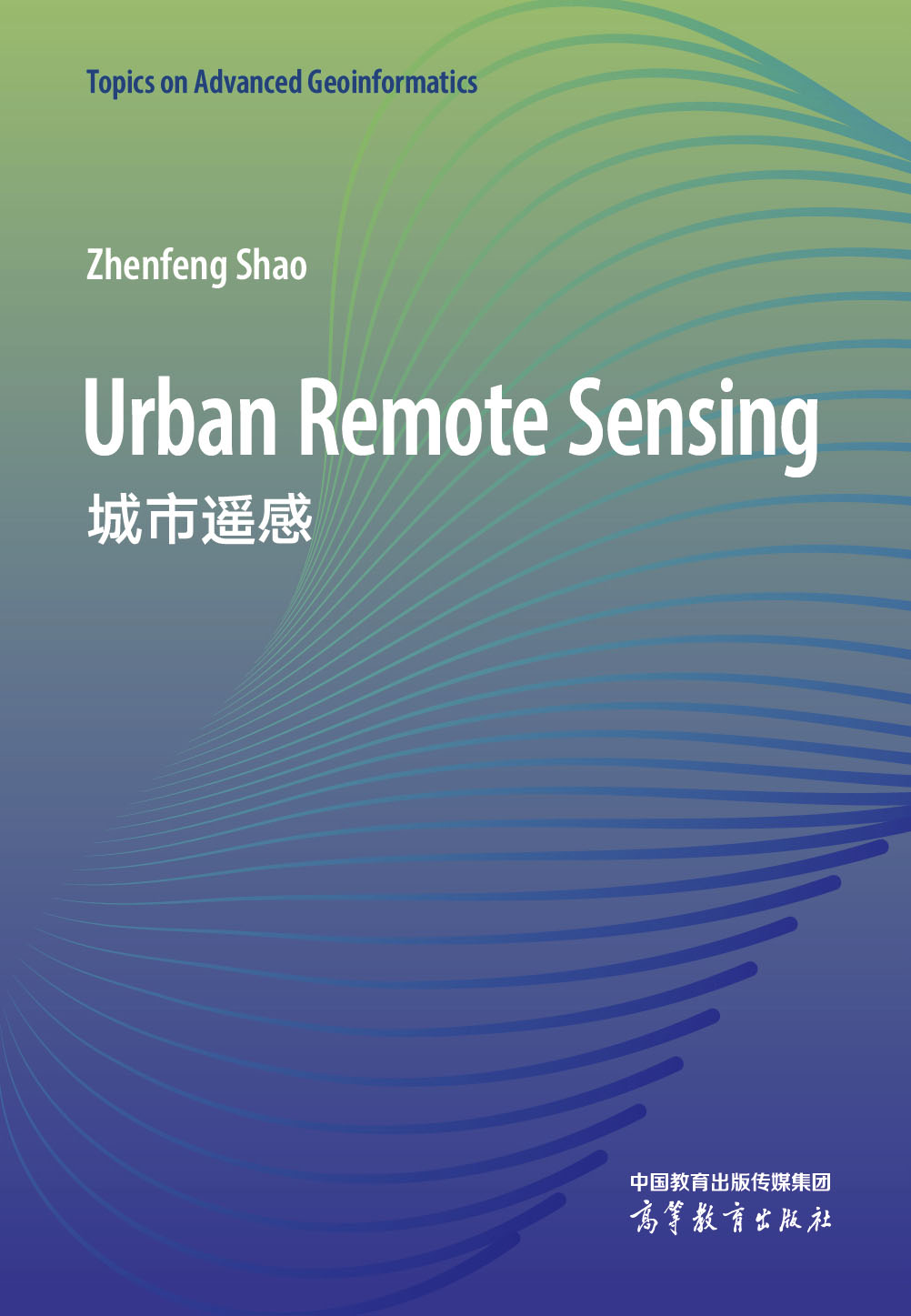激光雷达遥感导论
作者: Cheng Wang,Xuebo Yang,Xiaohuan Xi,Sheng Nie等
出版时间:2024-09
出版社:高等教育出版社
- 高等教育出版社
- 9787040624526
- 1版
- 528484
- 47256494-7
- 精装
- 16开
- 2024-09
- 320
- 260
- 地学、地矿类
- 本科 研究生及以上
本书系统介绍了激光雷达发展历程、特点与分类、当前典型激光雷达系统,激光雷达遥感原理、星机地激光雷达数据获取、数据处理理论和方法,以及激光雷达在地形测绘、林业调查、电力巡检、建筑物三维建模、无人驾驶、农作物监测、文化遗产保护和室内建模与导航方面的应用,并从激光雷达传感器性能、新型激光雷达系统研制、激光雷达大数据处理以及综合应用等方面对激光雷达遥感的发展进行了展望。
本书适合激光雷达遥感、全球变化、林业、测绘、文物保护、无人驾驶和数字城市等研究者阅读,也可作为遥感、测绘、林学、考古和地理信息系统等专业的教学用书。
前辅文
Chapter 1 Introduction
1.1 Introduction to LiDAR
1.1.1 LiDAR
1.1.2 Characteristics of LiDAR
1.1.3 Classification of LiDAR
1.1.4 Development History of LiDAR
1.2 LiDAR System
1.2.1 LiDAR System Composition
1.2.2 Major Commercial LiDAR Systems
1.2.3 Data Format and Processing Software
1.3 LiDAR Remote Sensing Applications
1.3.1 Topographic Mapping
1.3.2 Forest Resource Investigation
1.3.3 Digital Cities
1.3.4 Digital Power Grid
1.3.5 Crop Monitoring
1.3.6 Cultural Heritage Digitization and Preservation
1.3.7 Unmanned Driving
1.3.8 Transportation Route Planning
1.3.9 Mine Monitoring
1.3.10 Other Applications
1.4 Summary
Exercises
References
Chapter 2 LiDAR Remote Sensing Principles
2.1 LiDAR Ranging Principle
2.1.1 Ranging Principle of Pulsed LiDAR
2.1.2 Ranging Principle of Phased LiDAR
2.1.3 Ranging Precision of LiDAR
2.2 LiDAR Radiation Principle
2.2.1 LiDAR Equation
2.2.2 LiDAR Waveform Model
2.2.3 LiDAR Radiative Transfer Model
2.3 Principles of LiDAR on Different Platforms
2.3.1 Spaceborne LiDAR
2.3.2 Airborne LiDAR
2.3.3 Terrestrial LiDAR
2.4 Principles of LiDAR with Different Methods of Detection and Digitization
2.4.1 Full-Waveform LiDAR
2.4.2 Discrete Return LiDAR
2.4.3 Photon Counting LiDAR
2.5 Influence Mechanism of the Sky on the LiDAR Signal
2.5.1 Effect of Atmosphere
2.5.2 Effect of Sunlight
2.6 Summary
Exercises
References
Chapter 3 LiDAR Data Acquisition
3.1 Airborne LiDAR Data Acquisition
3.1.1 Plan Preparation Stage
3.1.2 Flight Implementation Stage
3.1.3 Data Preprocessing Stage
3.2 Terrestrial LiDAR Data Acquisition
3.2.1 Plan Preparation Stage
3.2.2 Scan Implementation Stage
3.2.3 Data Collection Stage
3.3 Spaceborne LiDAR Data Acquisition
3.3.1 ICESat/GLAS Mission
3.3.2 ICESat-2/ATLAS Mission
3.3.3 GEDI Mission
3.3.4 China’s Laser Altimetry Satellite Program
3.4 Summary
Exercises
References
Chapter 4 LiDAR Data Processing
4.1 LiDAR Point Cloud Processing
4.1.1 Point Cloud Denoising
4.1.2 Point Cloud Filtering
4.1.3 Point Cloud Classification
4.2 LiDAR Waveform Processing
4.2.1 Waveform Denoising
4.2.2 Waveform Decomposition
4.2.3 Waveform Deconvolution
4.2.4 Waveform Feature Parameter Extraction
4.3 LiDAR Photon-Counting Processing
4.3.1 Photon-Counting Denoising
4.3.2 Photon-Counting Classification
4.4 Summary
Exercises
References
Chapter 5 LiDAR Remote Sensing Applications
5.1 Topographic Mapping
5.1.1 LiDAR Point Cloud Processing
5.1.2 DEM and DSM Constructions
5.1.3 Contour Line Generation
5.2 Forest Investigation
5.2.1 Individual Tree Parameter Retrievals
5.2.2 Canopy Parameter Retrievals
5.2.3 Forest Parameter Mapping at the Regional Scale
5.2.4 Tree Species Classification
5.3 Power Line Inspection
5.3.1 Transmission Corridor Point Cloud Classification
5.3.2 3D Modeling of the Transmission Corridor
5.3.3 Transmission Corridor Safety Analysis
5.4 Building 3D Modeling
5.4.1 Building Point Cloud Extraction
5.4.2 Building Roof Segmentation
5.4.3 Building Contour Extraction
5.4.4 Building Model Generation
5.5 Automatic Driving
5.5.1 Environmental Perception
5.5.2 Autonomous Positioning
5.6 Crop Monitoring
5.6.1 Identification of Corn Planted Area
5.6.2 Identification of Stem and Leaf Points
5.6.3 Estimation of Leaf Angle Distribution
5.6.4 Estimation of Leaf Area Volume Density
5.6.5 Estimation of Factional Absorbed Photosynthetically Active Radiation
5.7 Cultural Heritage Conservation
5.7.1 Cultural Heritage Conservation Based on Terrestrial Laser Scanning
5.7.2 Ancient Heritage Site Discovery Based on Airborne Laser Scanning
5.7.3 Archaeology by Combining Airborne and Terrestrial Laser Scanning
5.8 Indoor 3D Modeling and Navigation
5.8.1 Point Cloud–Based Indoor Modeling
5.8.2 Point Cloud–Based Indoor Navigation
5.9 Underwater Mapping
5.9.1 Water Level Extraction
5.9.2 Water Depth Survey
5.10 Summary
Exercises
References
Chapter 6 LiDAR Remote Sensing Prospects
6.1 Continuously Optimized Sensor Performance
6.2 A Flood of New LiDAR Sensors
6.2.1 Hyperspectral/Multi-Spectral LiDAR
6.2.2 Solid-State LiDAR
6.2.3 Quantum LiDAR
6.3 Arrival of the LiDAR Big Data Era
6.3.1 Multi-Platform Coexistence, Multi-Source Data Fusion
6.3.2 LiDAR Big Data Era
6.4 Comprehensive Applications of LiDAR
6.4.1 LiDAR Satellite Missions Promote the Development of Global Surface Products toward the Direction of High Precision and High Resolution
6.4.2 LiDAR Improves Natural Resource Monitoring from Two-Dimensional to Three-Dimensional Space
6.4.3 LiDAR Promotes the Further Development of Smart City
6.4.4 LiDAR Assists with Automatic Driving
6.5 Summary
Exercises
References
Appendix: LiDAR Terminology
Index


